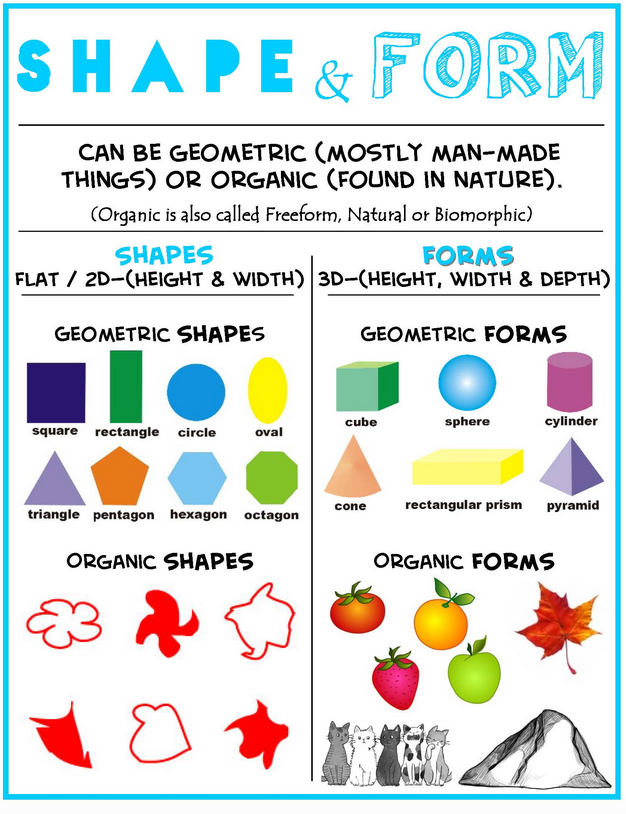

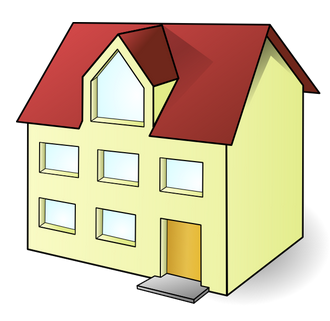
A shape is a closed two dimensional flat line, meaning that it has length & width. Let's use the example of a simple house drawn on paper. You can tell that the drawing on the left is a house, but you are not able to determine how large it is, or look around it, because it is on a flat piece of paper. While the house on the right gives you a sense of its size, shape, and form (which we will focus on next week). Shape falls into two categories; geometric and organic.
Geometric vs. Organic

As quilters, we are very familiar with blocks and patterns using two dimensional shapes such as a square, rectangle, triangle, or hexagon. These shapes are created using mathematical formulas. You might want to think of them as something that is man-made.
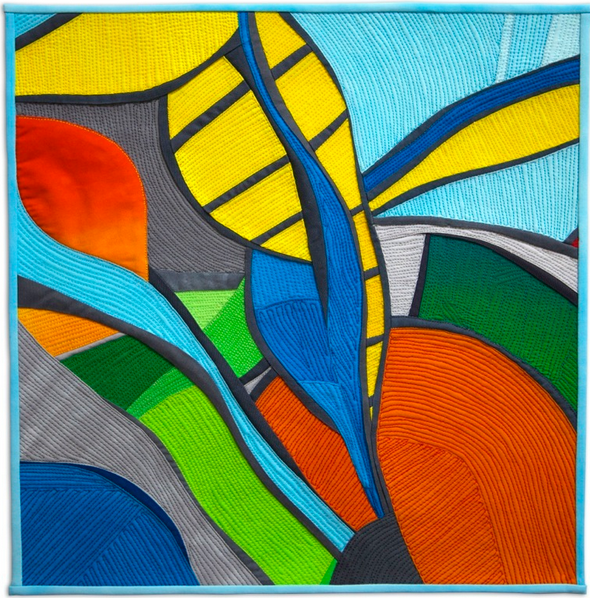
Organic shapes are free-flowing, irregular and less defined. These shapes are often found in nature, such as plants and animals. The line that encloses the organic shape can be curved, angular, or a a blend of both. Twisted Hornet by Sheila Frampton Cooper (Show 1306) is an example using Organic shapes.
Positive vs. Negative Shape
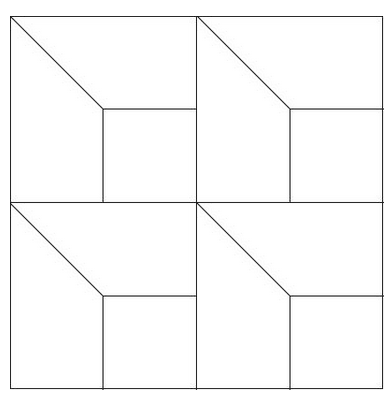
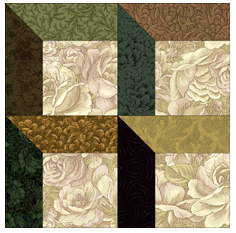
Shapes can also be categorized as Positive or Negative as in the Attic Window block. Positive shapes are the solid forms which make up the window. Negative shape is the space between the shapes (inside the window). The Attic Window block is a perfect example of using both positive and negative space to give the illusion of a three dimensional window.
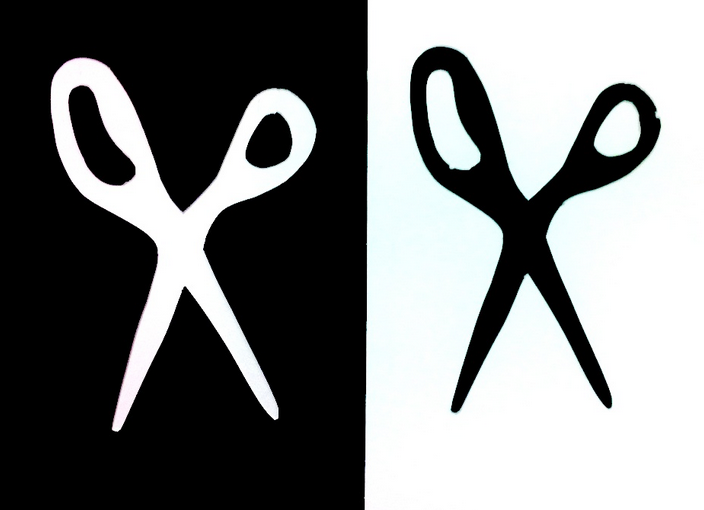
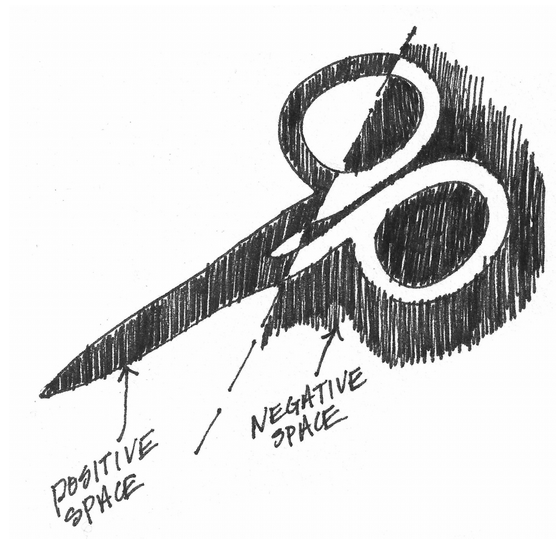
Negative shape is the area around/between the shape such as in the illustrations of scissors.
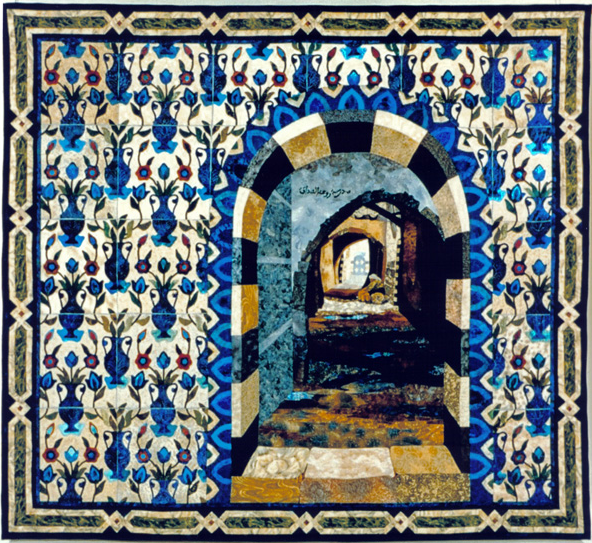
In Jenny Bowker's (Show 1804) quilt Arabesque, the doorway is the positive space, while the opening is considered the negative space.
Combining Elements of Shape
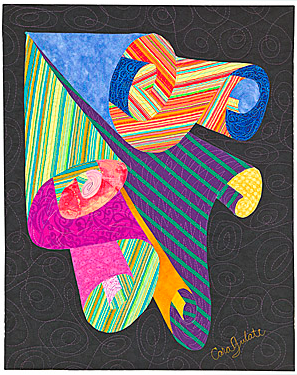
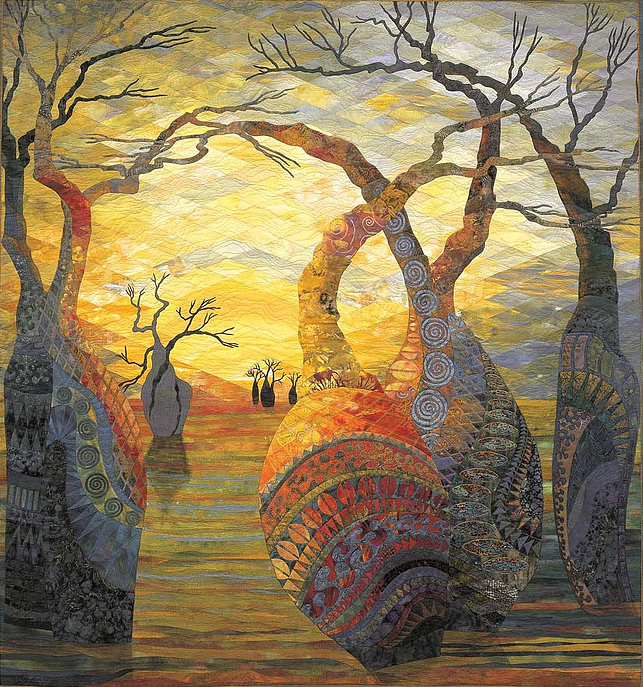
In the case of Rainbow Waterfall 1 by Cara Gulati (Show 1105) the organic shape that occupies the negative and positive space is more fluid and varies. While Gloria Loughman's (Show 612) Kimberley Mystique combines both geometric (background sky) and organic shapes (trees and foreground).
There is no homework this week.
Click here for more topics related to the Design to Quilt program.




.jpg)



"Click here for more topics related to the Design to Quilt program."
https://thequiltshow.com/component/tags/tag/922-design-to-quilt
Mary
RSS feed for comments to this post